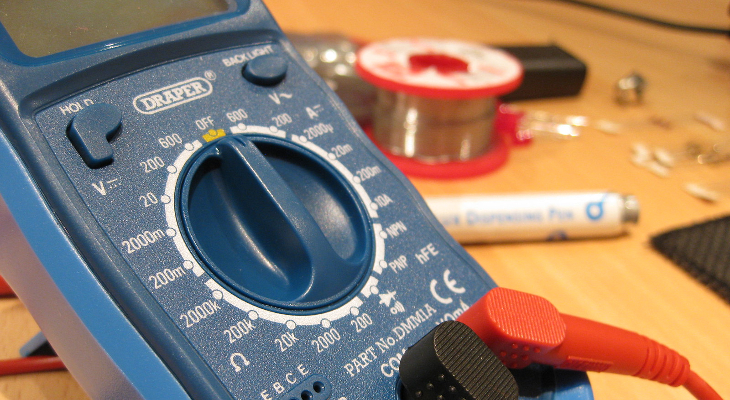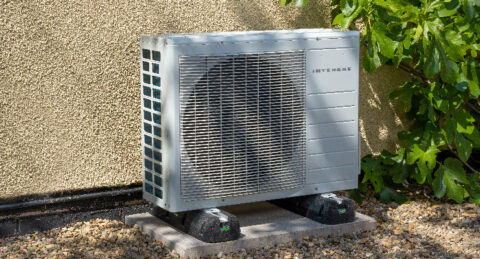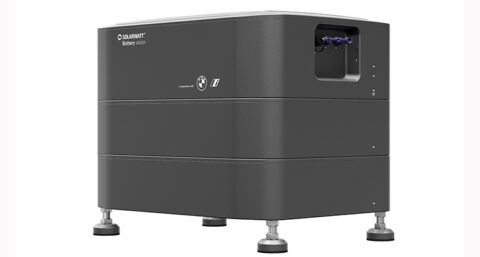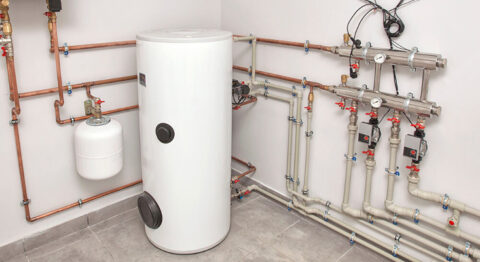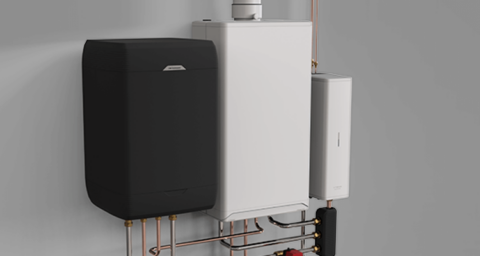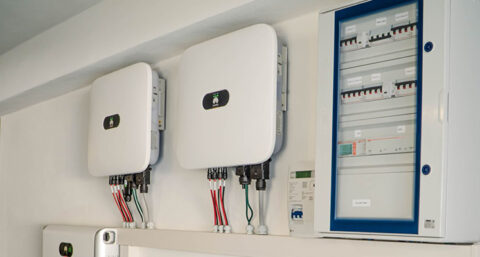Electricians deal with electricity on a daily basis. Whatever needs to be done; every job involves measuring and testing components of electrical systems. So knowledgeable and reliable tools are very important. Ask electricians which tools they use most often, and chances are the top five look like this.
1. Voltage tester
Working on an electrical installation very often begins with the use of a voltage tester. It indicates whether cables are live or not. This is important, because you need to know if the power is really off and therefore you can work safely. Connect the probes to a circuit, and the device measures voltage, current or resistance, depending on the setting. There are also non-contact voltage testers for sale. Such a tester without test leads looks for a break in the circuit. Only AC voltage between 100 and 1000 volts can be measured with it.
2. Multimeter
Unprecedentedly versatile and therefore indispensable: the multimeter. Various values can be measured with it, such as current (strength), voltage and resistance. There are various versions of this type of instrument for sale. Advanced ones measure much more, for example: temperature, capacitance, frequency, self inductance, forward voltage of a diode and the current gain factor of a transistor. Sometimes they can also automatically select the correct measurement range or polarity. The input resistance changes at different voltage measurement ranges and hence the expression in ohms per volt.
3. Grounding tester
To protect people, animals and electrical systems, buildings are equipped with a grounding system. In the event of a lightning strike or if grid overvoltage occurs, a grounding system is vital. Proper grounding safely drains any fault current and shuts down the electrical system when necessary. To ensure a reliable connection to earth, the grounding system should be tested regularly. Professional electricians use sophisticated grounding testers that allow 3- and 4-pole potential loss measurements as well as a 4-pole soil resistance test, a selective test and an electrode-less test.
4. Current clamp
A current clamp measures the alternating and direct current flowing through a cable or wire. Current clamps are ideal for measuring the current of cables that cannot be disconnected. Among other things, with a current clamp it is possible to measure the current in a single conductor, determine the actual power of an electrical device at different times and depending on the load, and determine the actual load of a building's total electrical network.
5. Isolation tester
An insulation tester is often called a "megger," and the verb "meggering" is used for testing insulation resistance with such a tester. The words megger and meggering are derived from the brand name Megger. That company has been making insulation testers since 1889. With a megger or insulation tester, you can check if the resistance in an electrical system is still high enough and determine if there are any leakage currents or defects that might affect operation. Leakage currents are undesirable: they increase power consumption but can also cause malfunctions.

